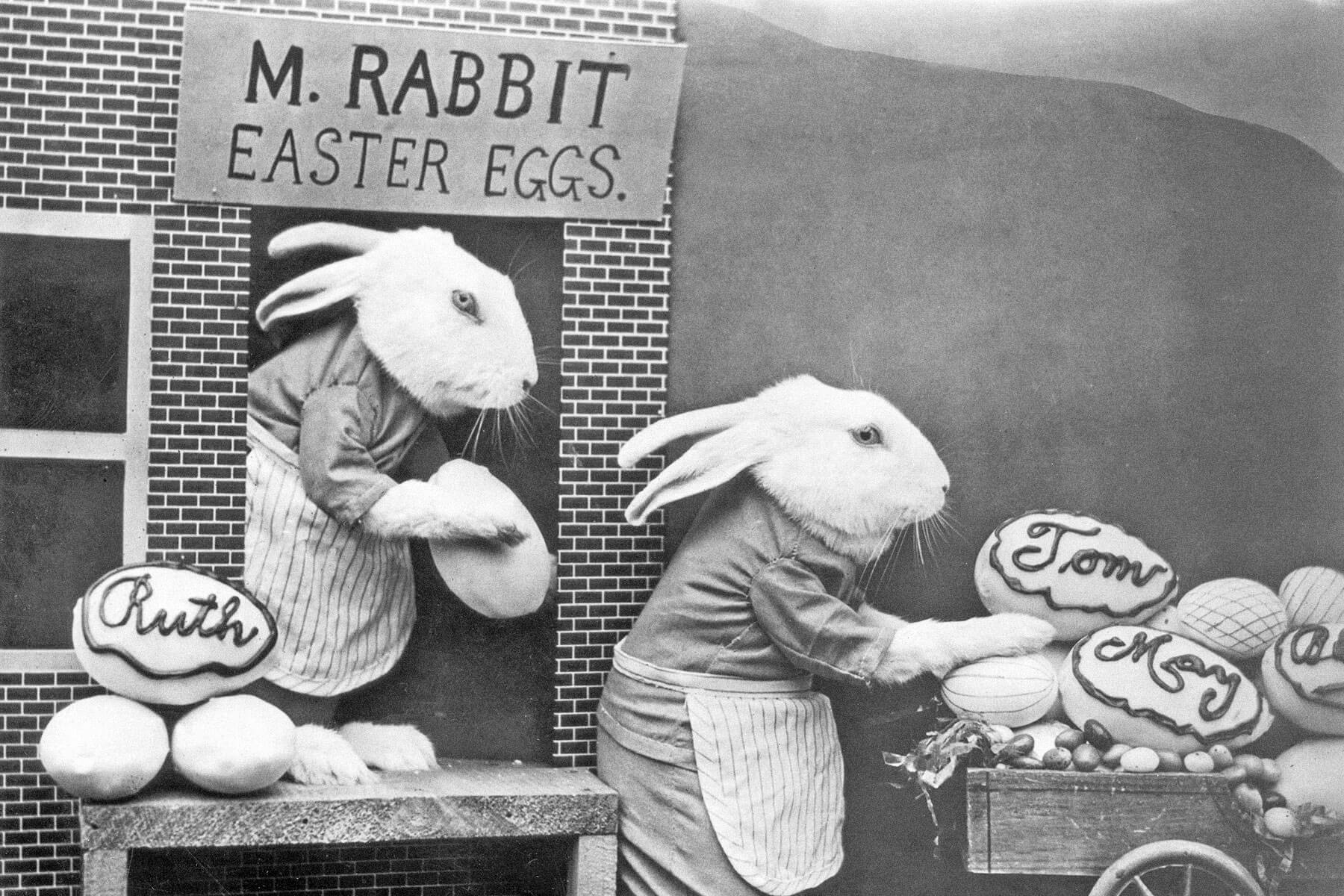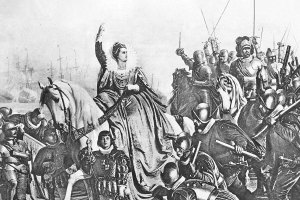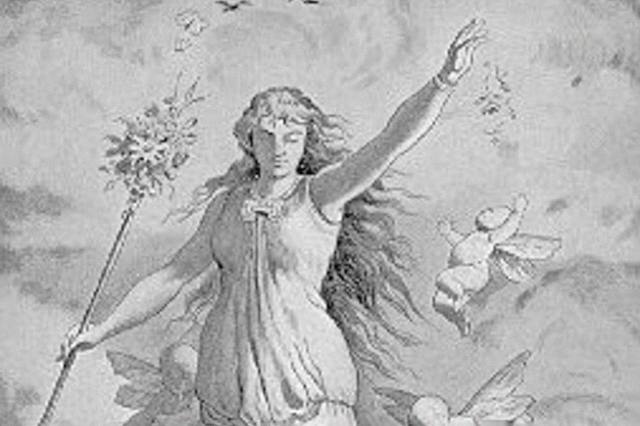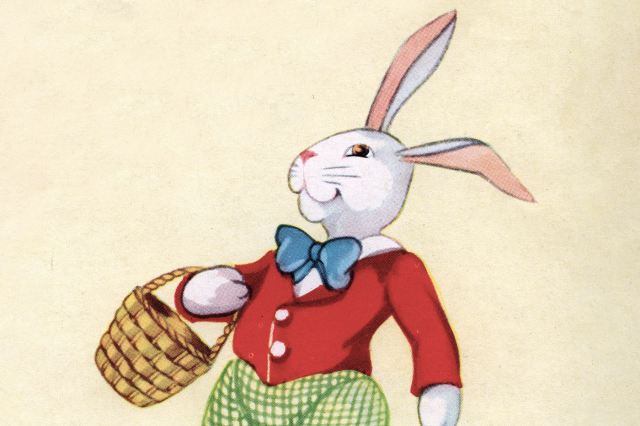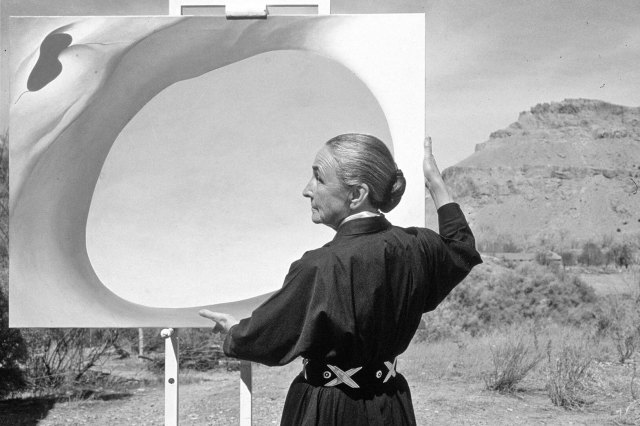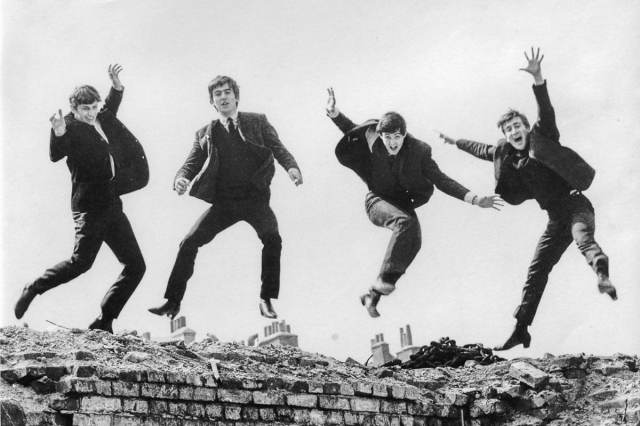The Strange History of the Easter Bunny
Easter, known in the Christian faith as Resurrection Sunday, is a religious holiday that commemorates when Jesus Christ rose from the dead. According to the New Testament of the Bible, the resurrection occurred on the third day after Jesus’ crucifixion by the Romans at Calvary, around 30 CE. Fast-forward to the present day, and we find people celebrating this miraculous event by searching for hidden colorful eggs and consuming copious amounts of chocolate, all of it enabled by a fluffy rabbit — not exactly what you would associate with the events following the crucifixion.
The rabbit’s involvement, in particular, is somewhat baffling. The Bible certainly doesn’t mention any rabbits in association with Jesus’ resurrection, Holy Week (the last week of Lent), or Easter. So where did the Easter Bunny come from? Historians still aren’t entirely sure, but there are some clues as to the origins of this legendary leporid.
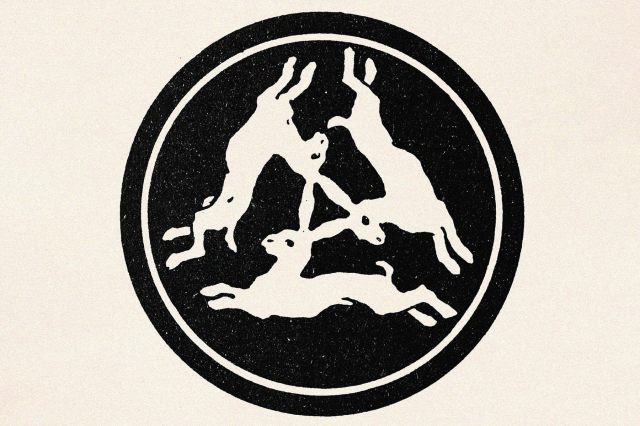
The Easter Bunny’s Ancient Origins
Rabbits and hares have been perceived as sacred for millennia by civilizations across the globe. They were venerated in Celtic mythology, they appear in the fables of Central African societies, and they are portrayed as cunning tricksters in the myths of Indigenous tribes in North America such as the Michabo and Manabush. Then there’s the intriguing “three hares” symbol, an enigmatic representation of three hares running in an endless loop, which has been discovered in numerous cultures across the globe, from the United Kingdom to China. How any of this might connect with Easter is difficult to say, but we do know that the rabbit has a long history of symbolic usage, and is commonly associated with fertility. Rabbits, after all, are well known for their ability to reproduce at impressive rates — something the philosopher Aristotle noted way back in the fourth century BCE. By the medieval and Renaissance periods, rabbits had become well established as symbols of reproduction in European art. So, while we don’t know precisely when the rabbit became involved with Easter, we do know that it had a symbolic connection with birth, and therefore rebirth — or resurrection.





